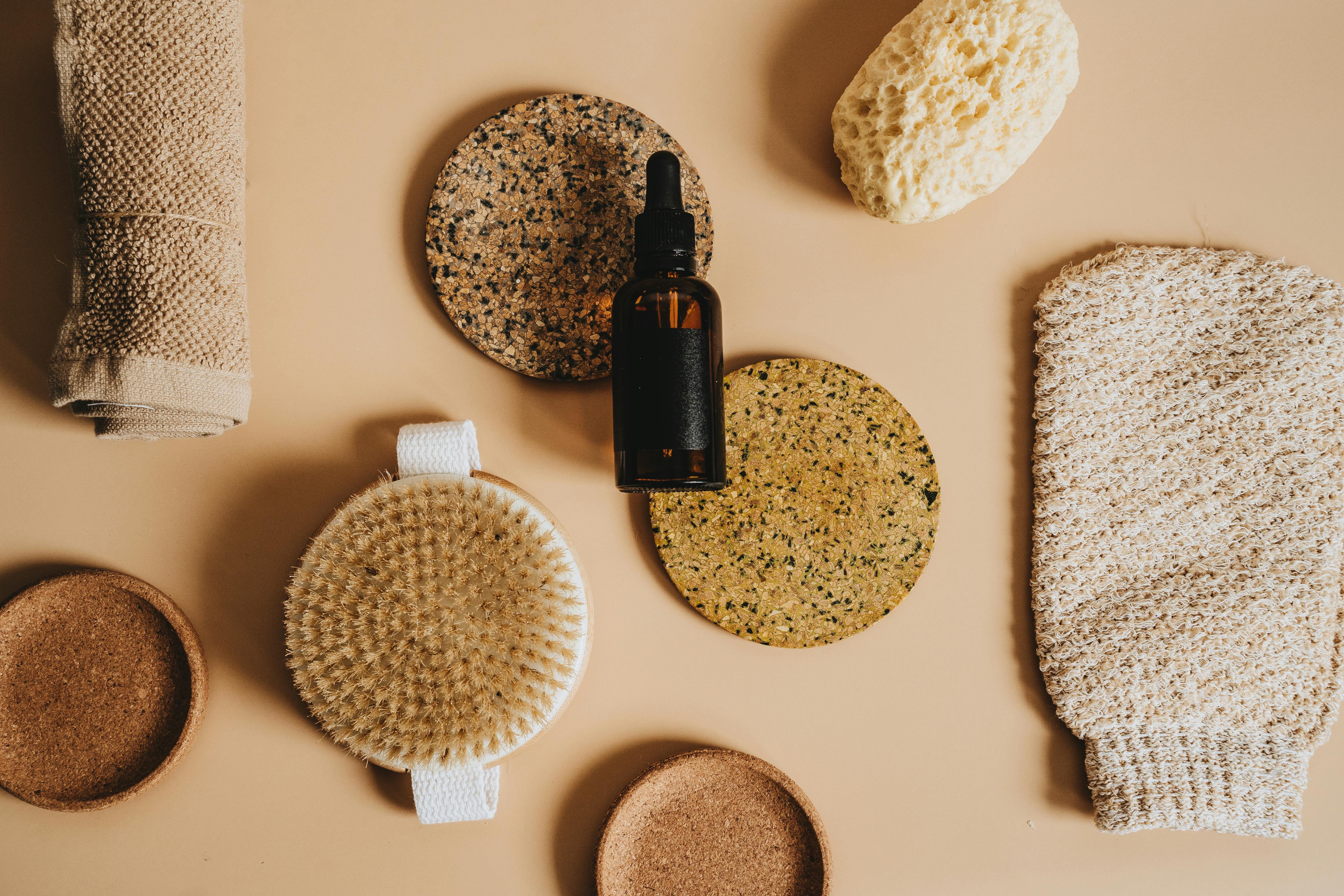The Art and Science of Botox: Beyond Wrinkles
Botox, a name familiar to many, has reigned supreme in the cosmetic industry for over two decades. Initially marketed as a revolutionary treatment for reducing wrinkles, it has since evolved into a versatile tool used to address a variety of aesthetic and medical conditions. The journey of Botox, from being a toxin to a sought-after cosmetic treatment, is a testament to the power of scientific innovation and our enduring quest for beauty and youth.

A Historical Overview: From Toxin to Treatment
The story of Botox begins in the early 19th century with a fatal food poisoning incident. This unfortunate event led Dr. Justinus Kerner to discover Clostridium botulinum, the bacteria responsible for producing the deadly neurotoxin known as botulinum toxin. Fast forward to the 1950s, scientists discovered that tiny doses of this toxin could cause muscle relaxation. This finding paved the way for therapeutic applications, and by the 1980s, botulinum toxin, commercially known as Botox, was approved for treating conditions like strabismus (crossed eyes) and blepharospasm (uncontrolled blinking).
The cosmetic potential of Botox was serendipitously discovered when patients reported fewer wrinkles after receiving treatments for eye-related conditions. Recognizing the opportunity, Allergan (the company that owns Botox) conducted clinical trials and in 2002, secured FDA approval for using Botox to treat frown lines.
The Botox Boom: Riding the Anti-Aging Wave
The 21st century ushered in an era where the pursuit of youthfulness became more mainstream and accessible. The approval of Botox as an anti-aging treatment fit perfectly into this narrative, and it wasn’t long before it became synonymous with wrinkle-free skin.
The impact of Botox on popular culture has been profound. It has not only altered beauty standards but also redefined societal attitudes towards aging. The reception towards Botox, however, has been mixed. While some laud it as a game-changer, others critique it for promoting unrealistic beauty ideals and blurring the line between natural and artificial beauty.
Beyond Beauty: The Expanding Horizon of Botox
While Botox is best known for its cosmetic applications, it has proven to be an effective treatment for various medical conditions. It is used to manage issues like excessive sweating, migraines, and even certain bladder disorders. This broadening of its applications demonstrates the versatility of Botox, and how it has moved beyond its initial association with vanity to a more comprehensive healthcare tool.
The Science of Botox: How Does it Work?
The magic of Botox lies in its ability to block nerve signals. When injected, it prevents the release of acetylcholine, a neurotransmitter responsible for triggering muscle contractions. The result is temporary muscle paralysis, which in the context of aesthetic treatments, leads to a reduction in wrinkles caused by facial expressions.
This action is precise, localized, and temporary, which ensures that the effects of Botox are confined to the area of injection and wear off over time. This scientific precision is what makes Botox a safe and reliable treatment, provided it is administered by a trained professional.
The Future of Botox: Trending Towards Personalized Treatments
As we move forward, the use of Botox is likely to become more nuanced and personalized. The one-size-fits-all approach is gradually giving way to treatments that consider individual facial anatomy, muscle strength, and aesthetic goals. This trend reflects a broader shift in the beauty industry towards personalization, as people increasingly seek treatments that enhance their unique features rather than conform to a universal standard of beauty.
In conclusion, the journey of Botox is a fascinating study of scientific progress and societal trends. From its origins as a deadly toxin to its current status as a versatile treatment, Botox has transformed the landscape of beauty and healthcare. As we continue to refine its uses and explore its potential, Botox remains a testament to our enduring quest for beauty, wellness, and the power of scientific innovation.




